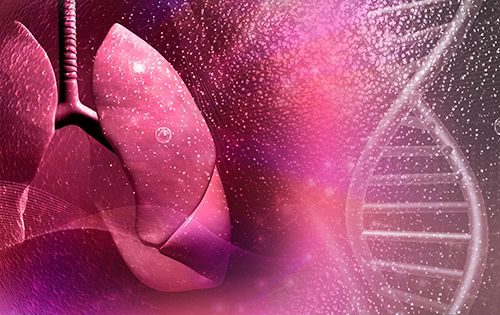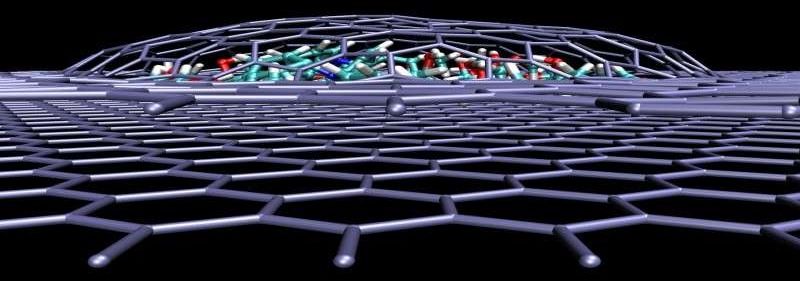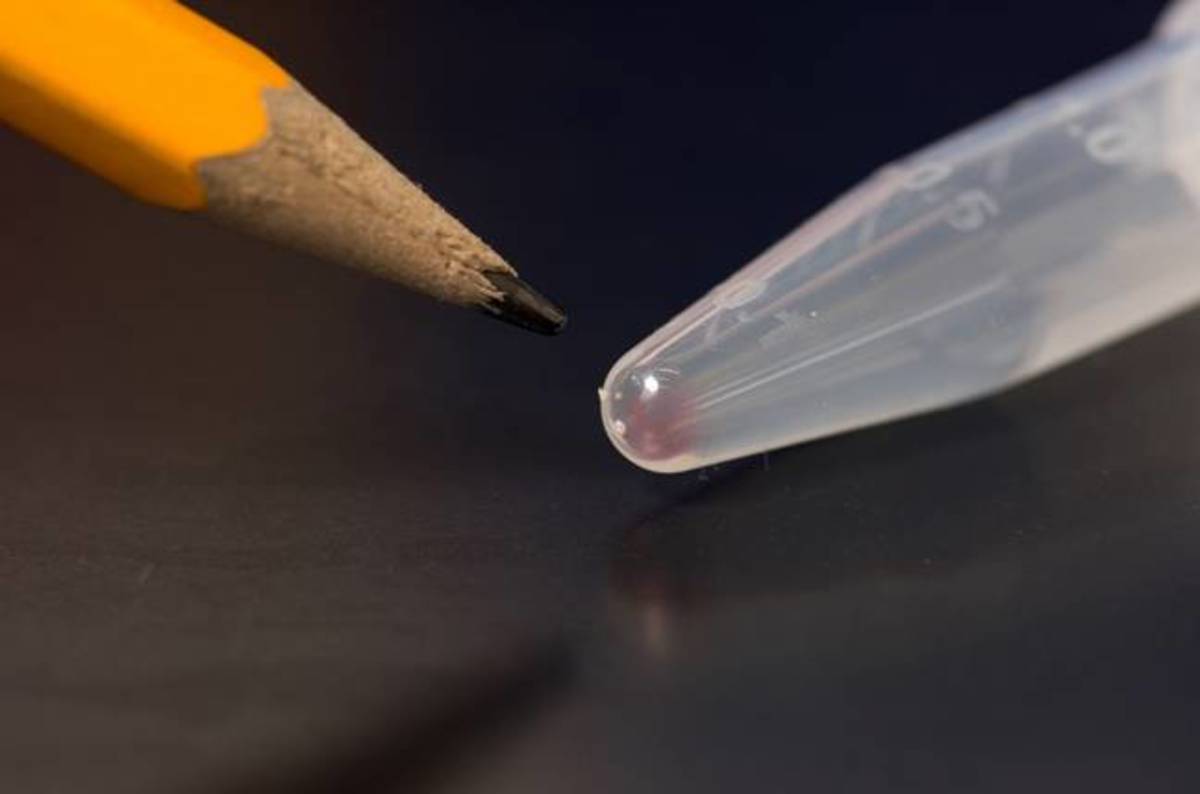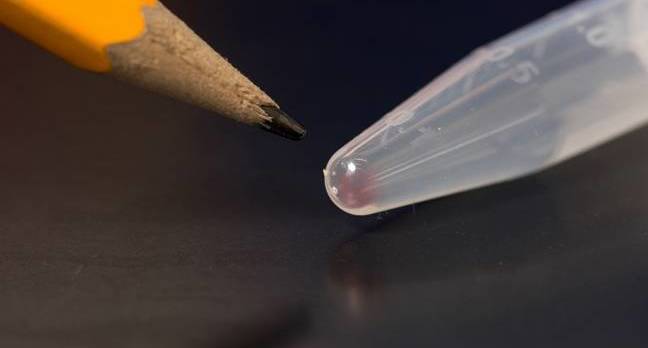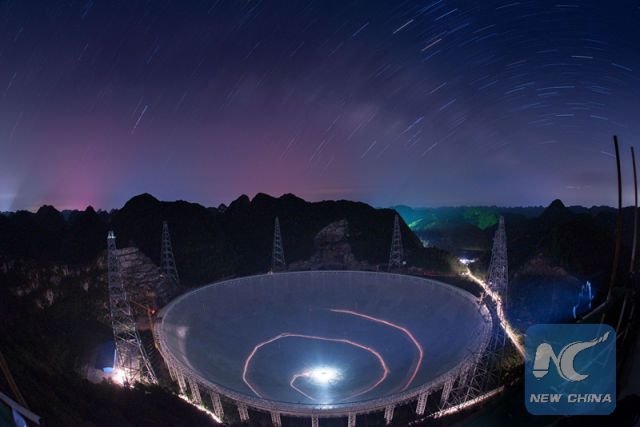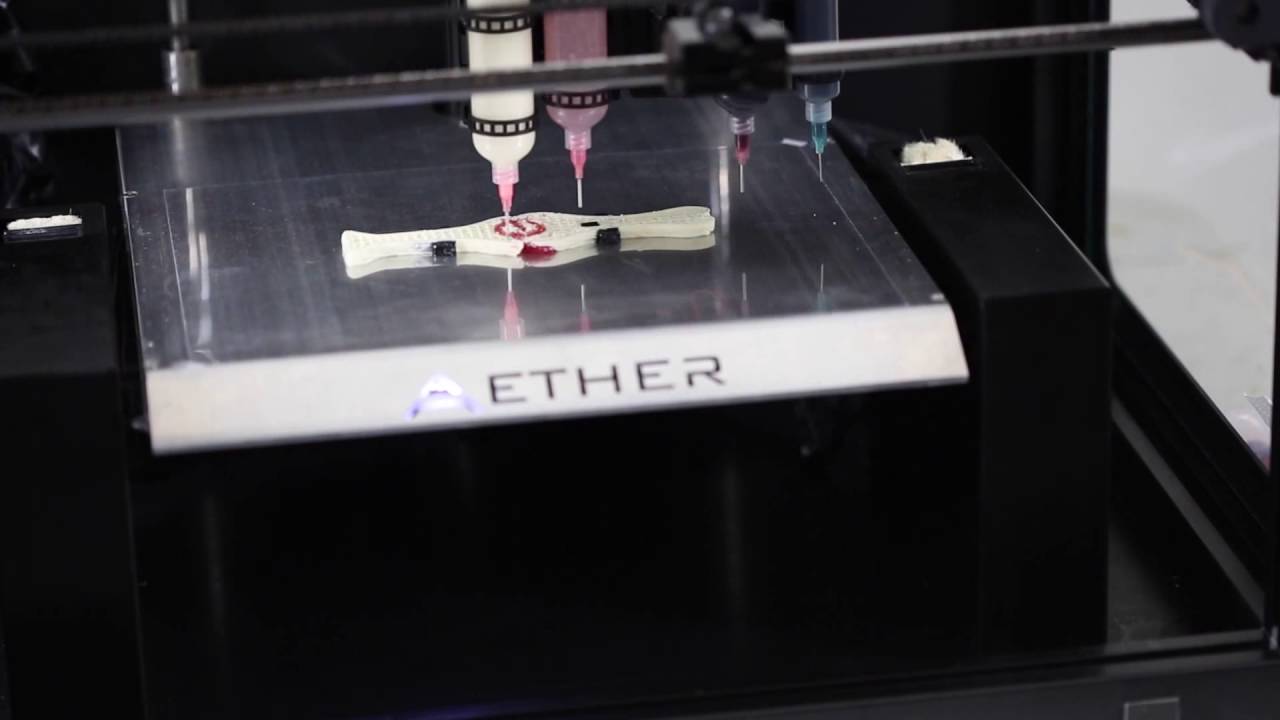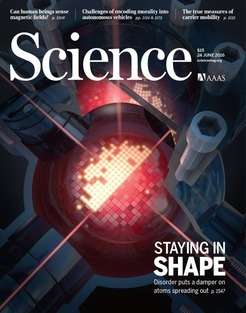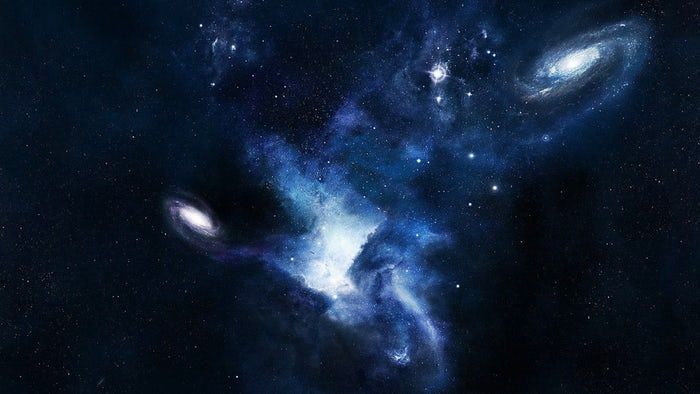Jul 8, 2016
The Role of Mitochondria in Metastatic Cancer
Posted by Karen Hurst in categories: biotech/medical, life extension
For all my Precision Medicine, Cancer researchers, and anti-aging friends researchers have id that the mitochondria pathway has been used by cancer cells to exploit for motility and metastasis.
Researchers have identified a new mitochondrial pathway that cancer cells exploit for motility and metastasis—providing a viable, “druggable” target for many different types of tumors. [NIEHS].
